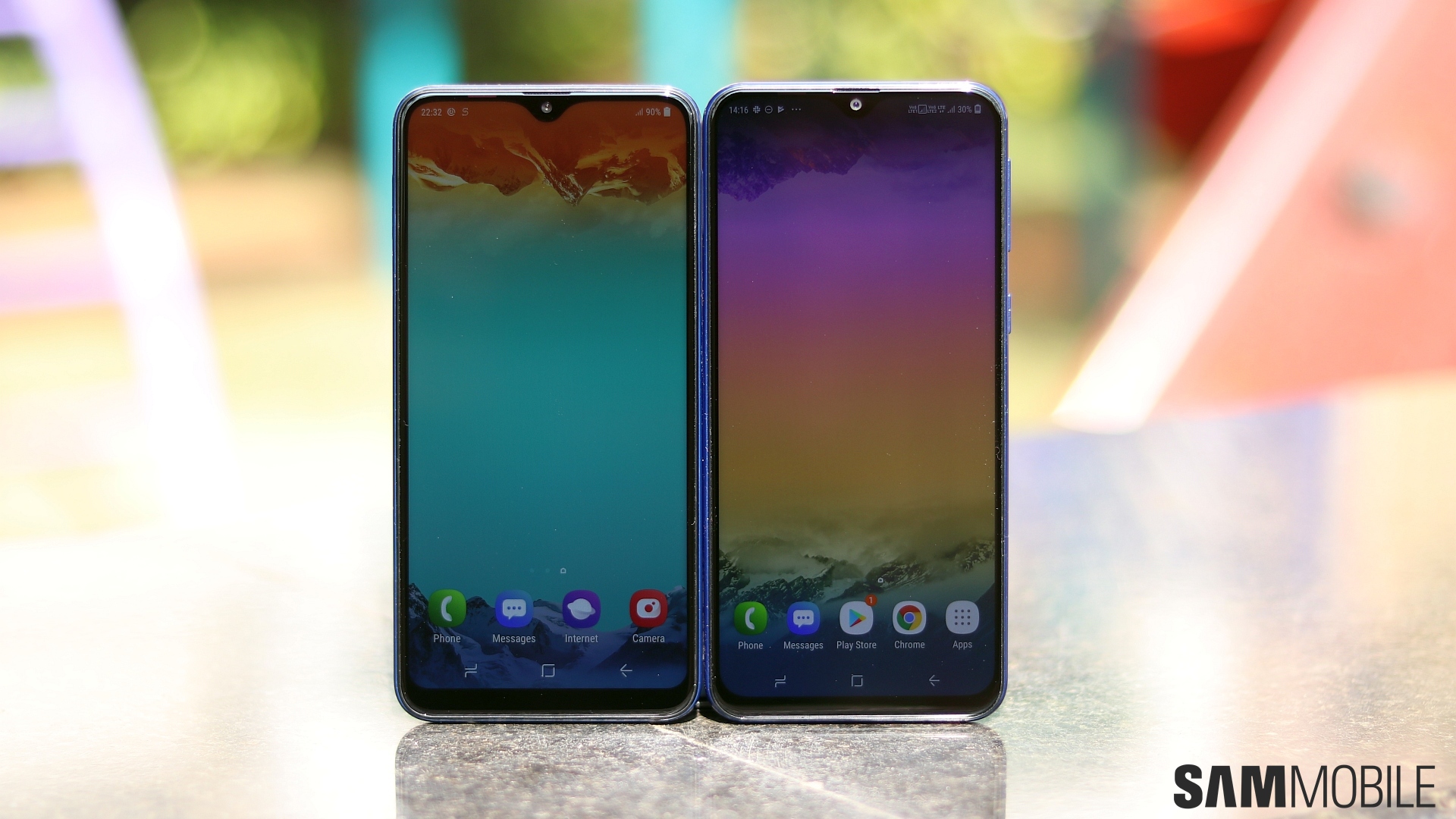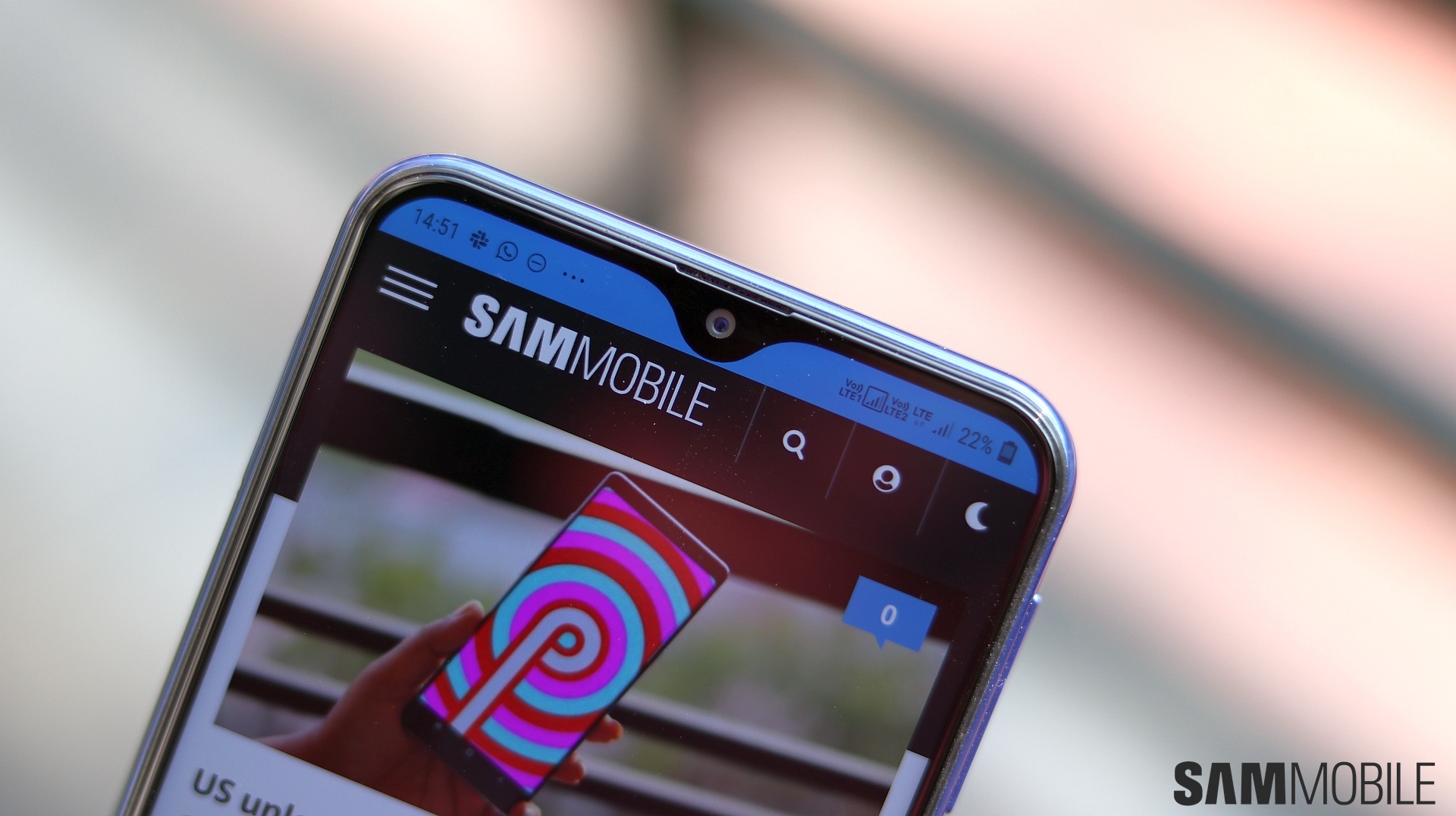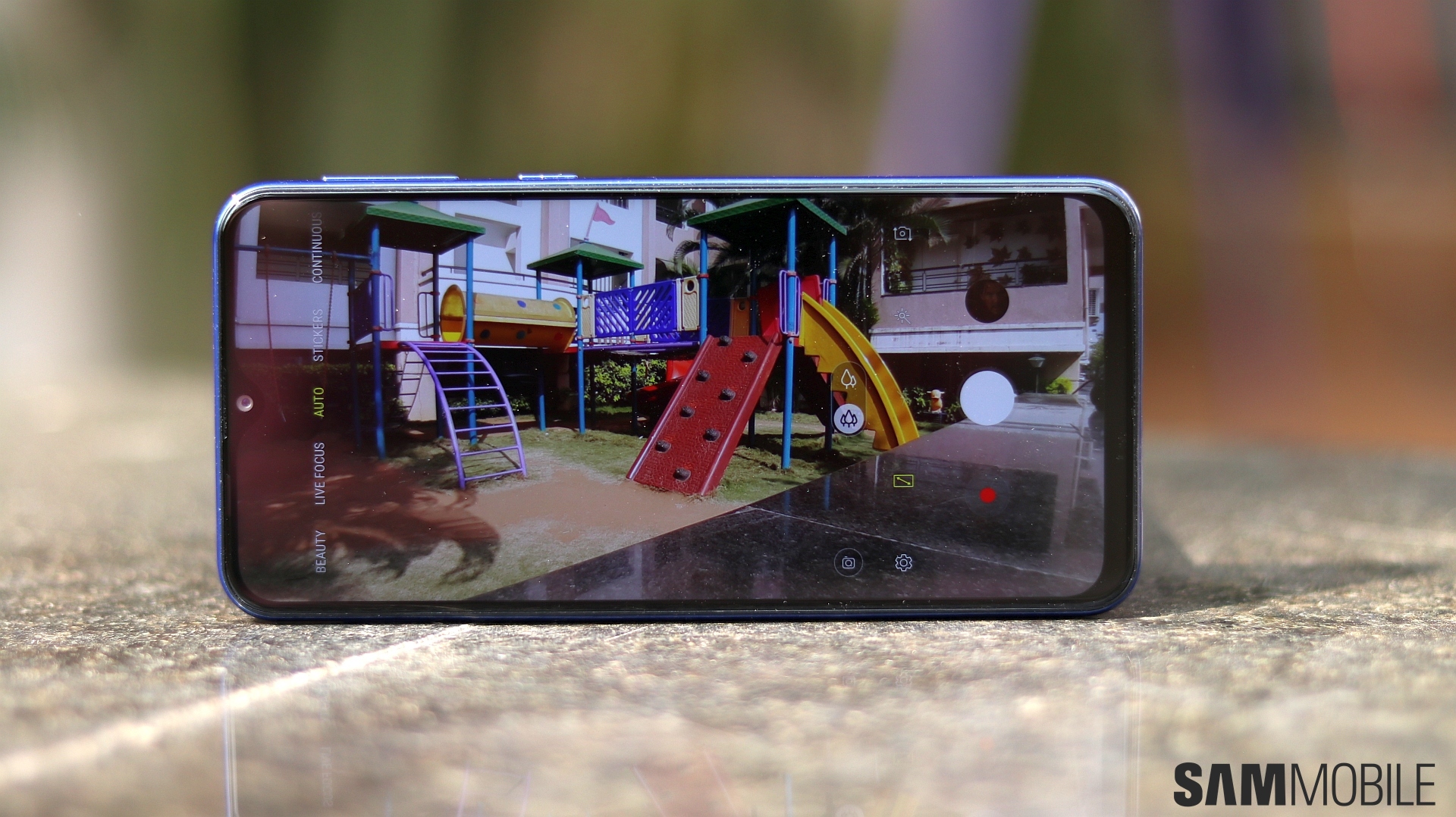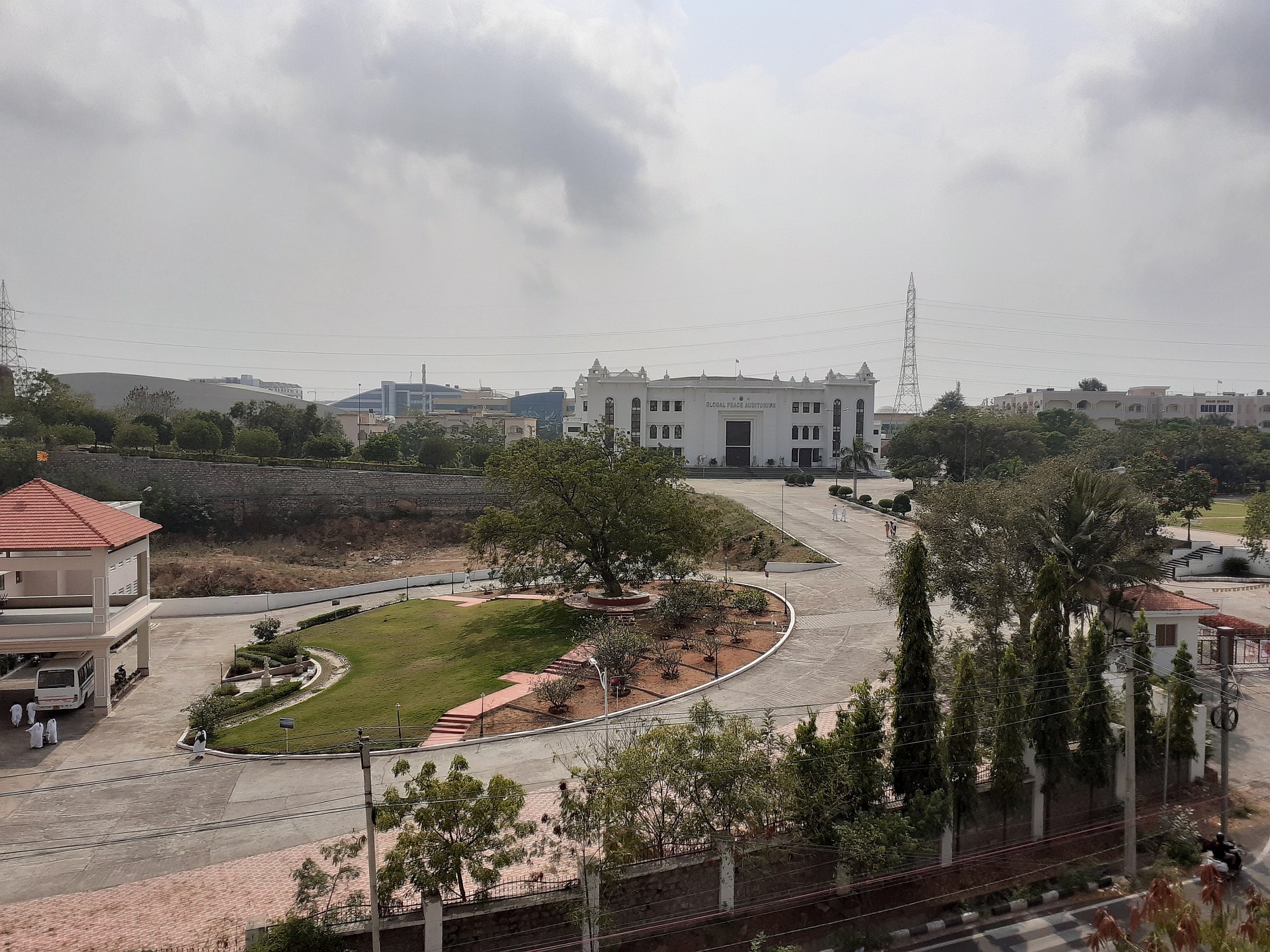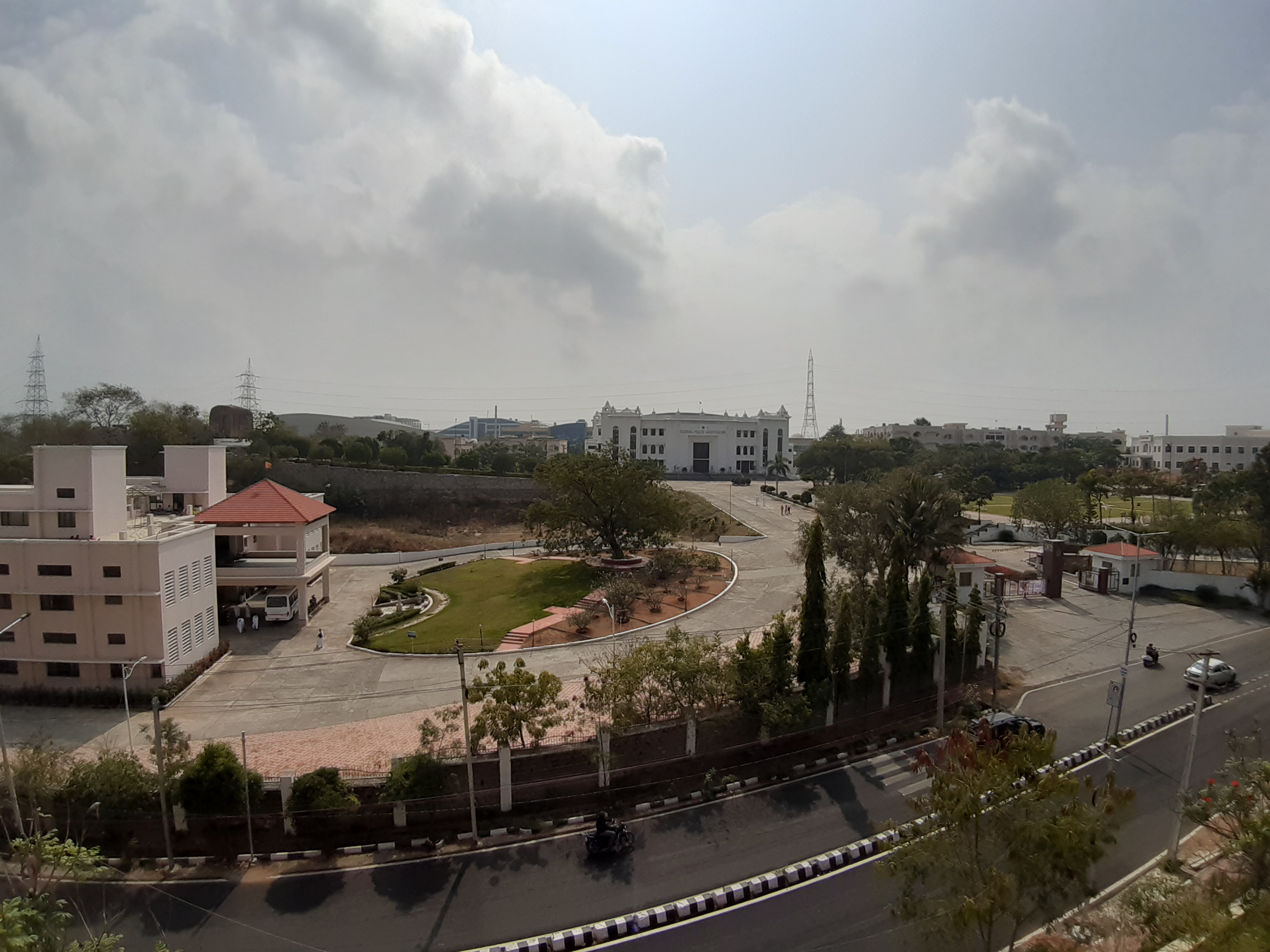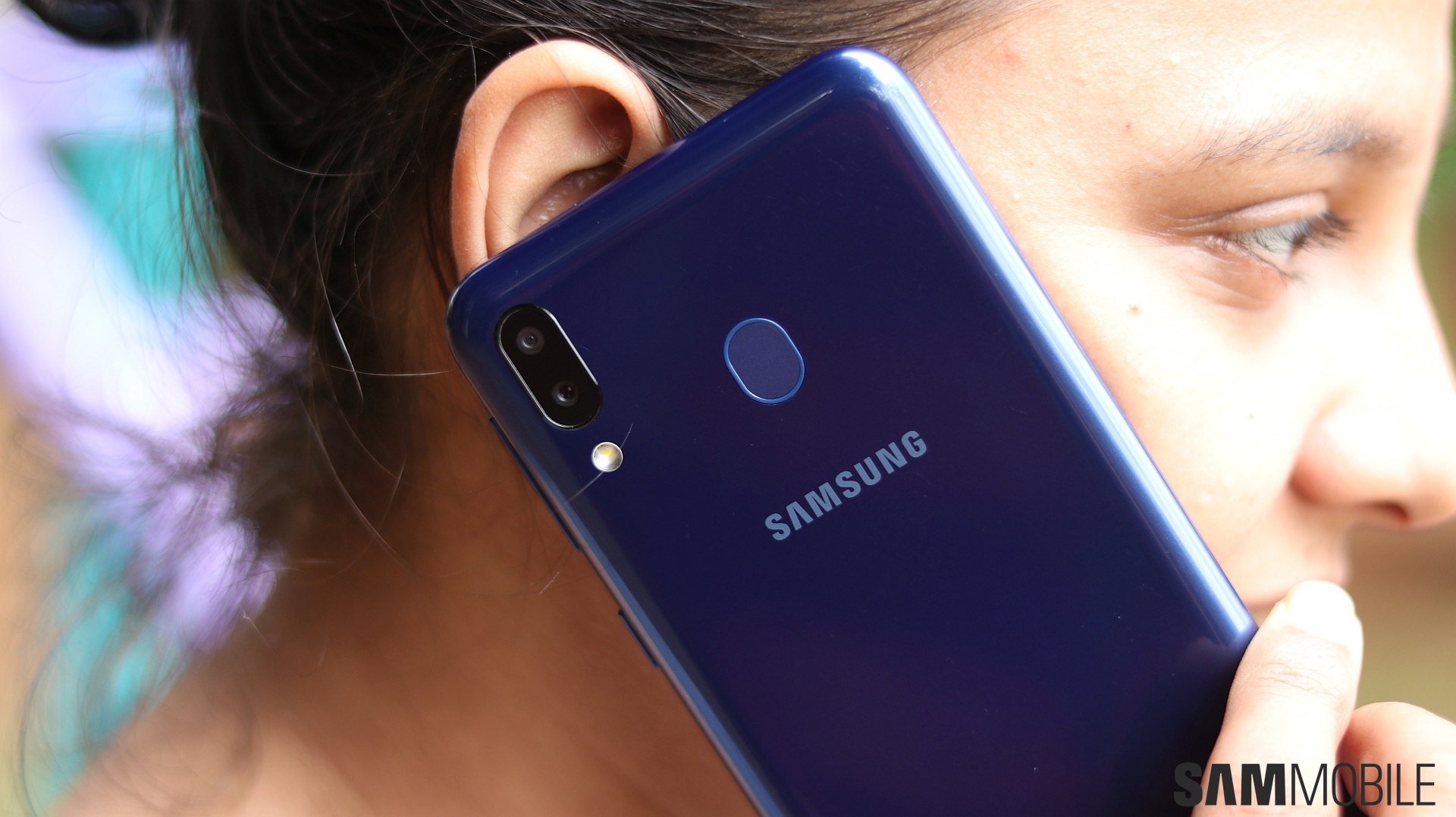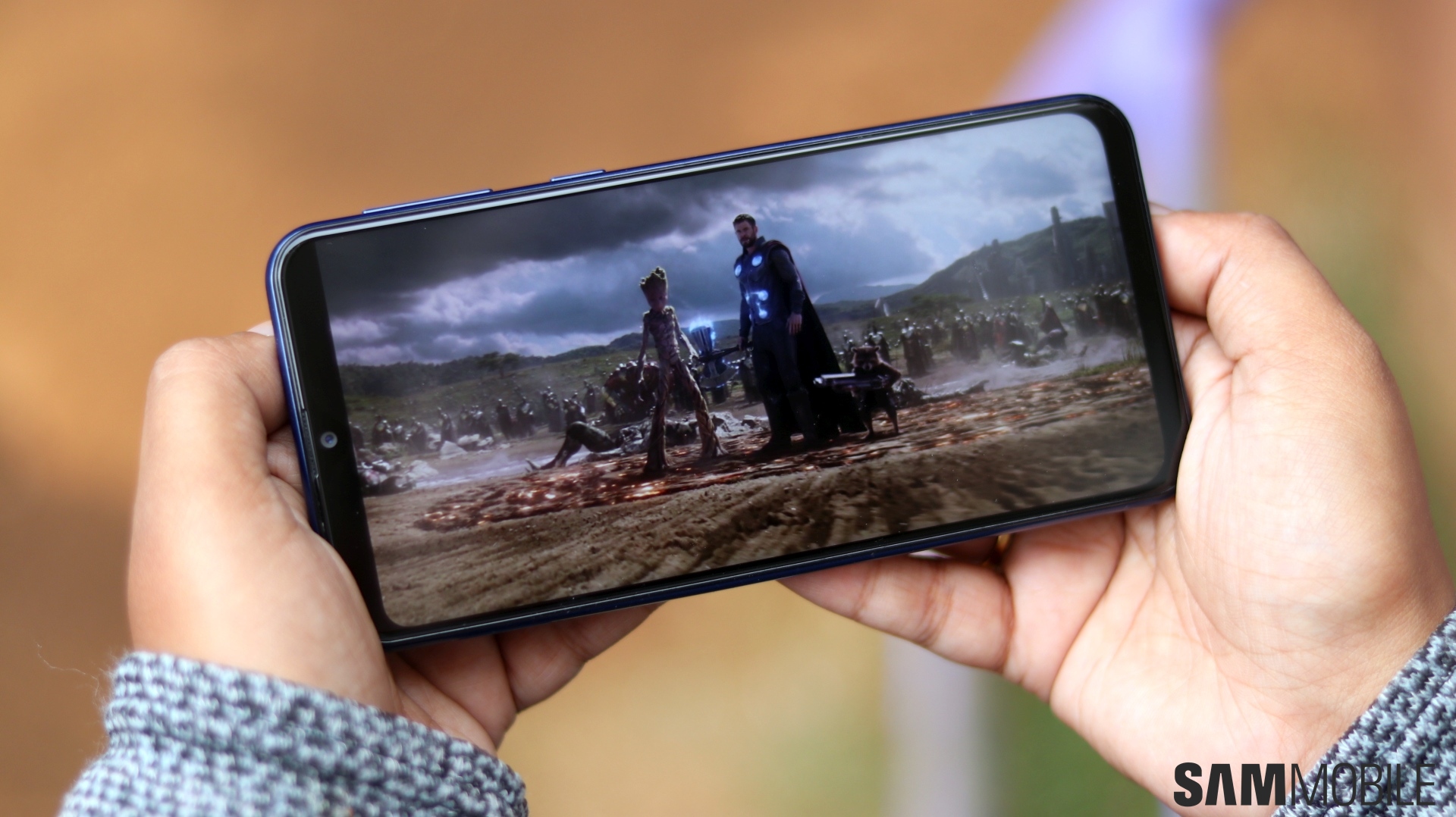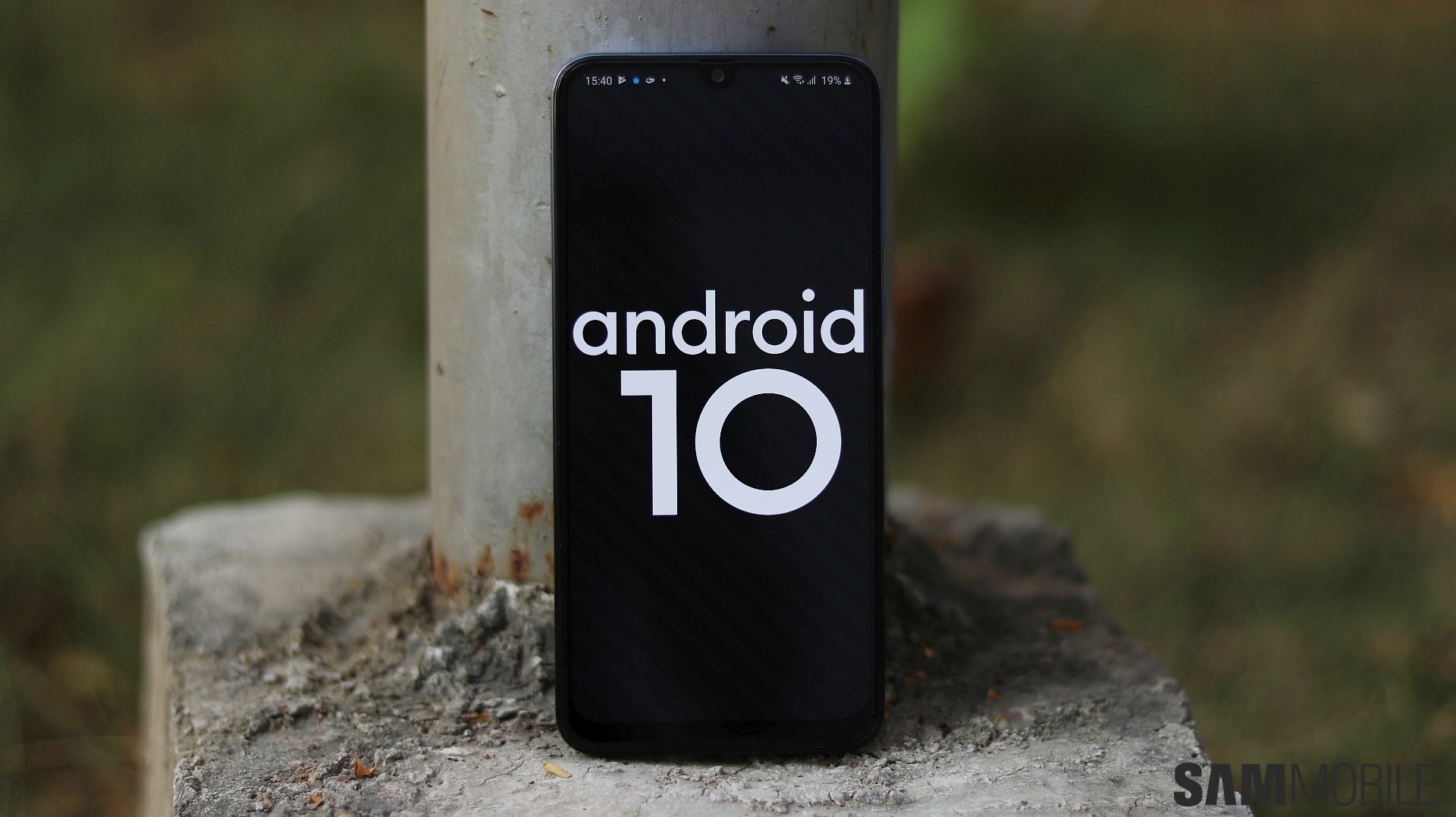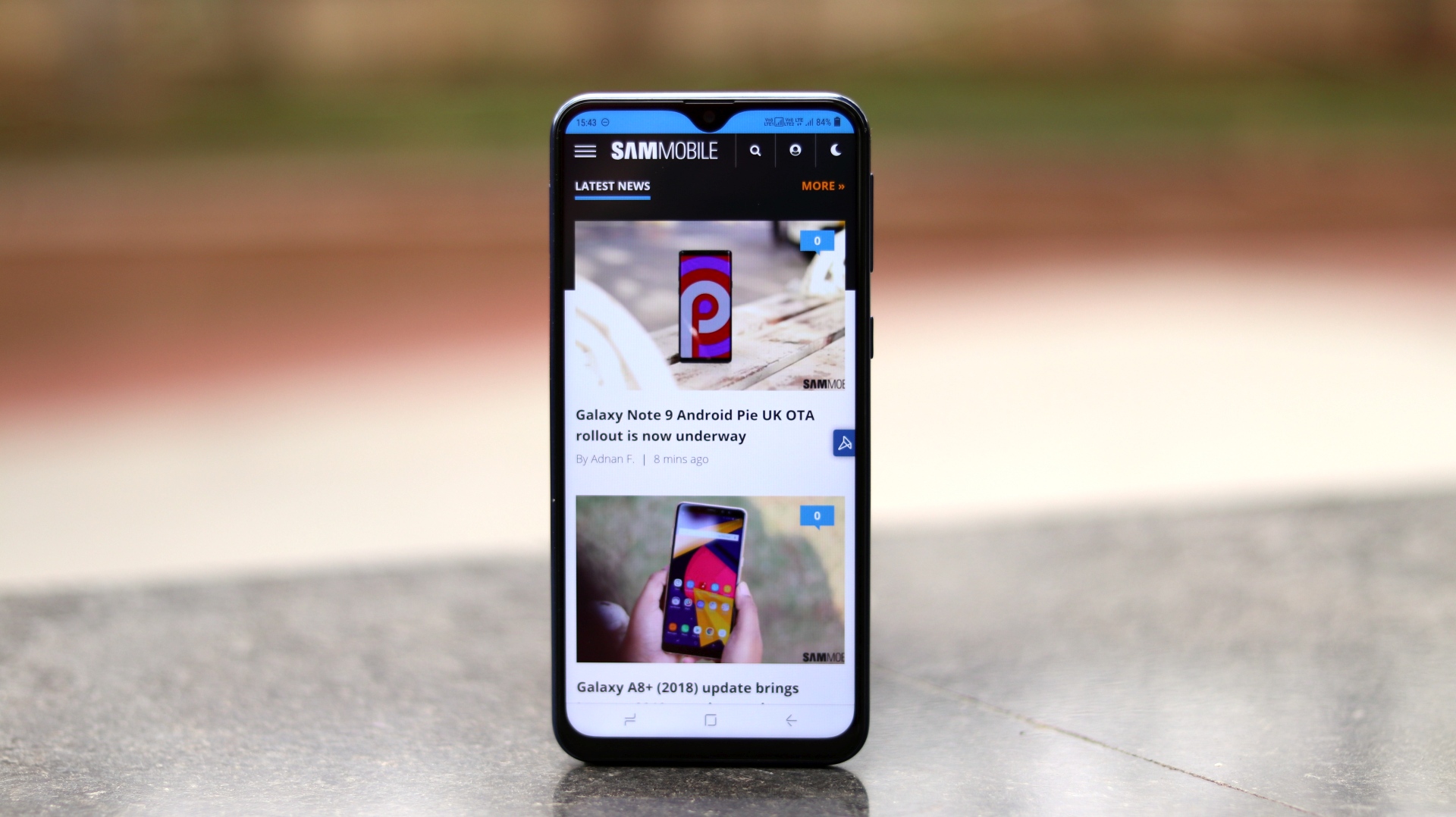
The Galaxy M10 and Galaxy M20 are the first of Samsung's new Galaxy M lineup of budget phones. They sport the new Infinity-V display, which is Samsung's official name for a display with a waterdrop notch. The M10 and M20 currently enjoy exclusive rights over the Infinity-V display, as devices like the Galaxy A8s and the upcoming Galaxy S10 feature Infinity-O displays, which employ cutouts at the corner of the screen. Of course, both a notch and a cutout are an obstruction no one asked for, yet it's going to be in fashion for the foreseeable future.
The Galaxy M10 and Galaxy M20 will be leading the charge for Samsung's attempts at pushing back the onslaught of Chinese OEMs in the budget smartphone segment, especially in the Indian market. The Galaxy M20 is the more exciting of the two, with features like a 5,000 mAh battery, a fairly powerful processor, and an ultra-wide rear camera. The price tag's mighty impressive as well, at least for a budget Galaxy smartphone.
I had the opportunity to use the Galaxy M20 for a few days, so join me as I delve into my initial impressions of the device.
Samsung Galaxy M20 hands-on
With that waterdrop notch, the Galaxy M20 doesn't look very different from some of the Chinese offerings. But what's immediately noticeable is how the notch allows the phone to have a 6.3-inch display without the dimensions you see on Galaxy phones with traditional Infinity displays. You can't exactly tell that there's a 5,000 mAh battery in there, either. The phone is thick, sure, but it's rather compact for the screen size and battery capacity on offer.
Sadly, Samsung has opted for an LCD display, and my first impressions weren't exactly too positive. The panels oddly came off as a bit cheap, and I couldn't pinpoint the exact reason. There's also a slight backlight bleed around the notch, with a noticeably darker spot right at the notch's edges, although this is only the case when looking at the display from an angle with white images (like when you are viewing notifications).
Of course, the biggest question is just how much of an intrusion the notch is in daily use. Well, that's not something I can offer a verdict on just yet, but it doesn't seem to affect much since the right and left side of the notch houses the status bar, so it doesn't come in the way of apps in portrait mode. In fact, it doesn't affect apps in landscape mode or content such as videos and games, although the reason for that is a bit different.
You see, when the phone is in landscape mode or a video or game is running, the area next to the notch is always blacked out. That turns the Infinity-V display into a regular Infinity display with bigger bezels, making me wonder what purpose the extra screen estate made possible by adding a notch serves. The one advantage I see is that the device has a smaller overall footprint despite a display size that's similar to mid-range and flagship Galaxy smartphones with 6.2-6.3 inch displays.
Now let's talk about the camera. I was very excited to learn that the M10 and M20 get an ultra-wide camera at the back. It's a more useful feature compared to having a second camera lens just for bokeh pictures, and it's a smart move by Samsung to bring ultra-wide imaging to the budget segment. And you do get Live Focus, although it's a software-based feature for both front and rear cameras. I can't speak about the quality of the cameras right now, though, but I have added a photo taken with the regular and ultra-wide camera to offer a quick comparison below.
I won't comment on the performance and battery life, either. The Exynos 7904 powering the M20 is a spin-off of the Exynos 7885 but with lower clock speed for the two Cortex-A73 performance cores, and it should offer respectable performance that's better than any budget phone Samsung has launched before. The phone feels smooth and quick out of the box, but whether that will remain the case after a few days of usage as a primary device remains to be seen.
Overall, the Galaxy M20 is Samsung's best attempt yet at making a budget phone that isn't dwarfed by the Chinese competition in terms of the specs and features on offer. The problem arises when you consider the fact that the M20 will only be sold online. Online buyers tend to be more knowledgeable, so despite the compelling price tag, the M20 may not sell as much as it would have if it were sold offline. Well, unless it manages to impress us and other reviewers, and you will need to wait a few days before you can find out if that's the case.












